The Beatles released their second single Please Please Me on January 11, 1963, which made it to number two in the British charts. This success earned them many radio and television appearances. At this time, the Beatles traveled from gig to gig in a small second-hand bus. On February 2, 1963, the Beatles began their first tour of Great Britain as the opening act for 16-year-old singer Helen Shapiro. Another followed on March 9 alongside Tommy Roe and Chris Montez. Just one day later, the Beatles were announced as the main group due to their popularity with the public. On April 18 they played at London's Royal Albert Hall and on April 21 in front of 10,000 people at Wembley's Empire Pool.
On March 22, the first album called Please Please Me was released. The whole record was apparently recorded in just twelve hours at Abbey Road studios. It rose to the top of the British charts like almost all of their LPs by 1970. Already on April 11, the third single From Me to You was released, which Lennon and McCartney composed together. It sold over 650,000 copies.
From May 18 to June 9, 1963, the Beatles went on tour in England with Roy Orbison and Gerry & the Pacemakers. This time, too, Orbison had to step back as the actual main act and make way for the Beatles. During this time, the band had its own radio show at the BBC with Pop Go tot he Beatles which was broadcast weekly. More and more it was noticed that the Beatles had especially female fans. When their next single She Loves You appeared on August 23, it became clear what extent this had. The concerts were always accompanied by high police protection and again and again it got out of control. Public appearances became mass events. The single was sold 1.6 million times.
The final breakthrough of the Beatles happened with an appearance in the program Sunday Night at the London Palladium. This was watched by 15 million people and was subsequently called a "hysteria". For example, hundreds of fans outside the theater caused traffic chaos by their screeching. When the Beatles returned from their Swedish tour on October 31 in pouring rain, they were met at Heathrow airport by thousands of screaming fans. A day later they went on tour in Great Britain, this time as the main band from the beginning. All the time the police tried to fight against the strong mass of female fans to protect the band. Especially after the concerts, they either couldn't get out of the halls at all or couldn't get very far by car on the street. So they had to get creative and dressed up as policemen, for example. After a concert in Plymouth, they fled through the city's canal system. Meanwhile, the police had to use water cannons against the fans.
On November 4, 1963, the annual Royal Variety Performance took place and the Beatles played in front of Queen Elizabeth, Lord Snowdon and Princess Margaret at London's Prince of Wales Theatre. Before their last song, Lennon spoke, "For our last number I'd like to ask your help: Would the people in the cheaper seats clap your hands? And the rest of you, if you'll just rattle your jewellery!"
The Beatles released their second album, With the Beatles, on November 22, 1963. The single I Want to Hold Your Hand followed on November 29. In England alone, there were one million pre-orders for it. The song was later recorded in German along with Sie Liebt Dich to accommodate the German market. In the USA they have not had any success yet. Despite attempts by their manager Brian Epstein, their music did not catch on in the United States. Only when Capitol Records, with the help of newspapers and promotion, did everything possible in December to ensure that the single I Want to hold Your Hand reached the American people, did they achieve a breakthrough there as well. On January 16, 1964, while the Beatles were in a hotel room in Paris, they got the news that their single was playing at the top of the charts in the United States. In the end, 60 percent of all singles sold in the U.S. the next year were Beatles productions.
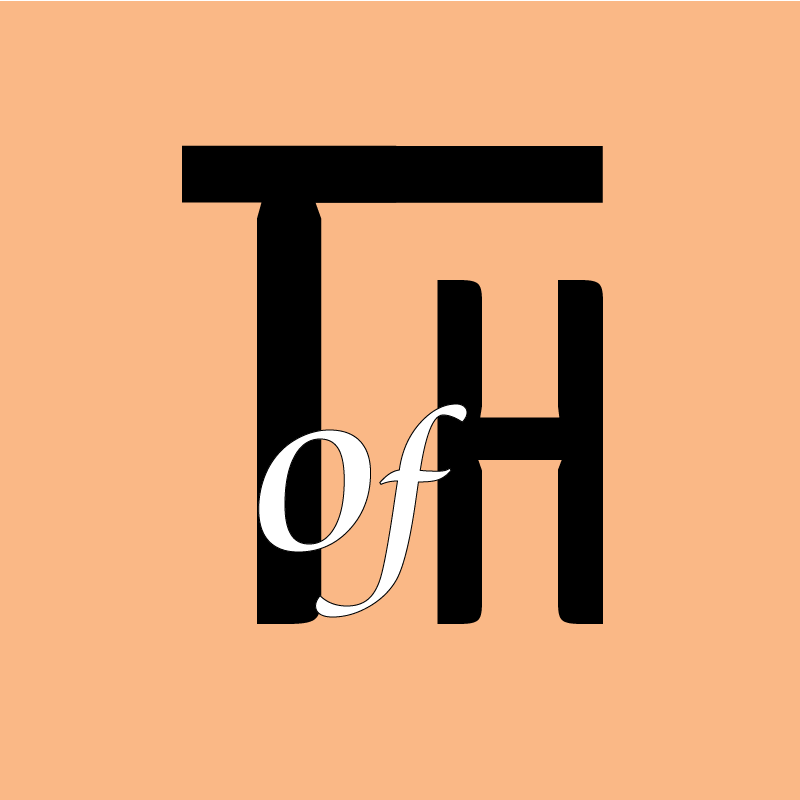
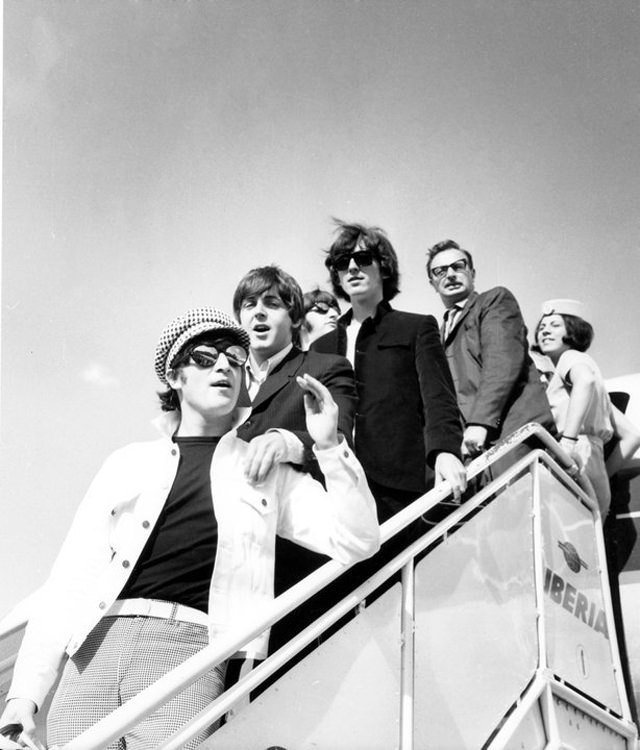
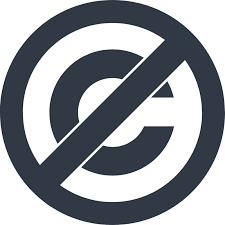
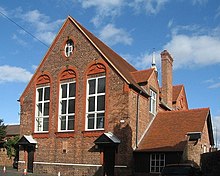
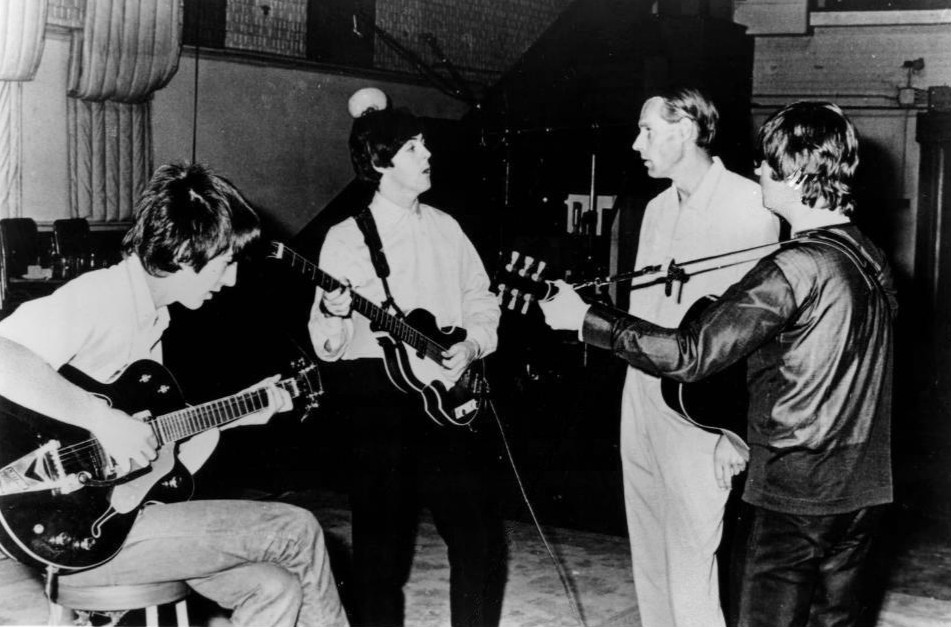
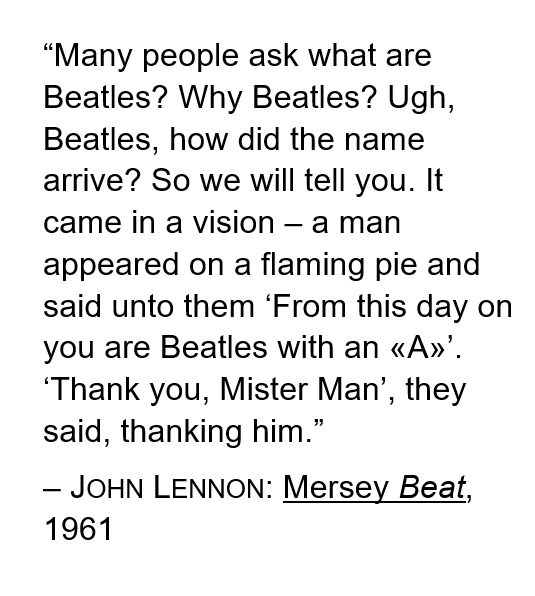
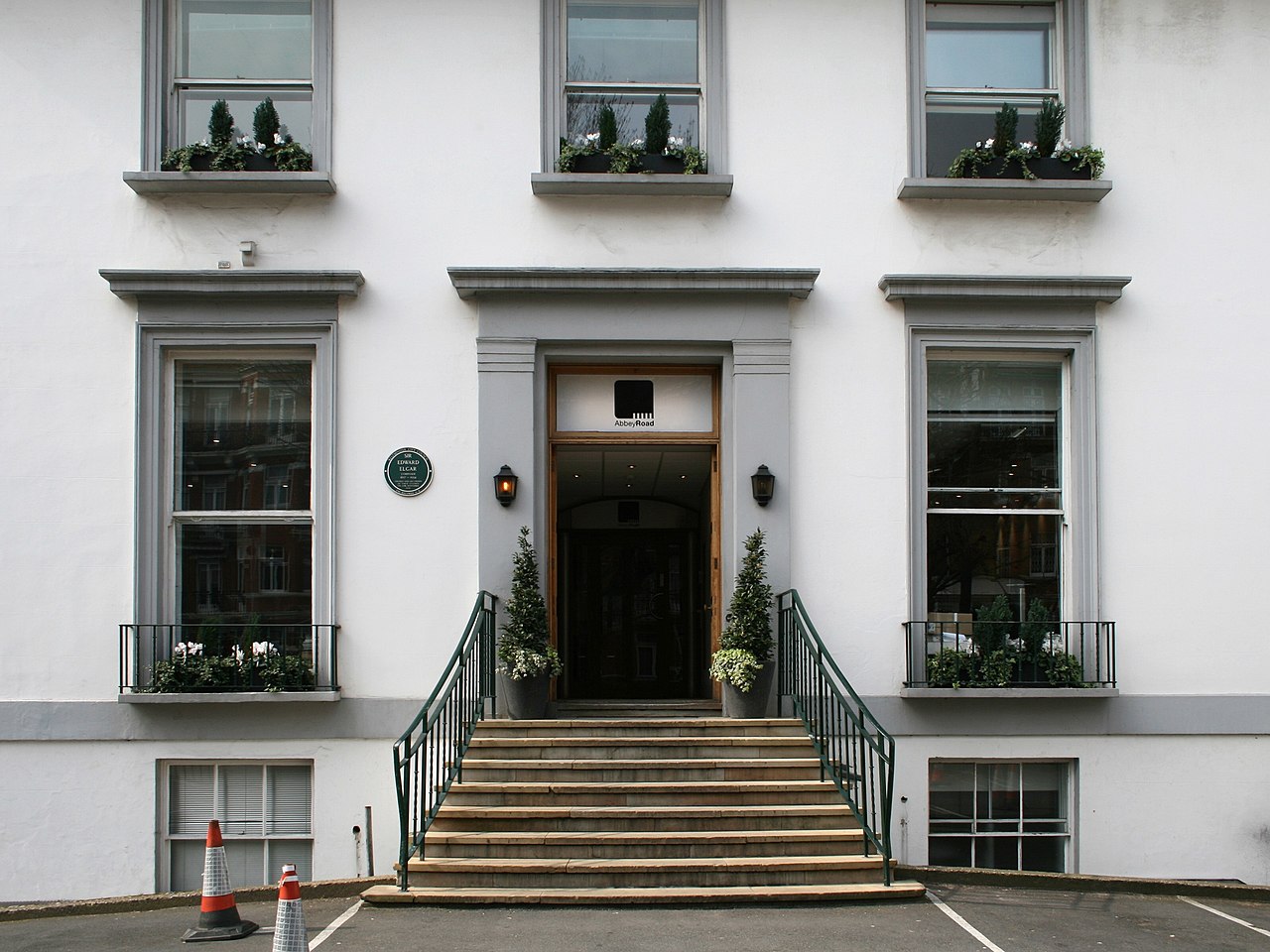
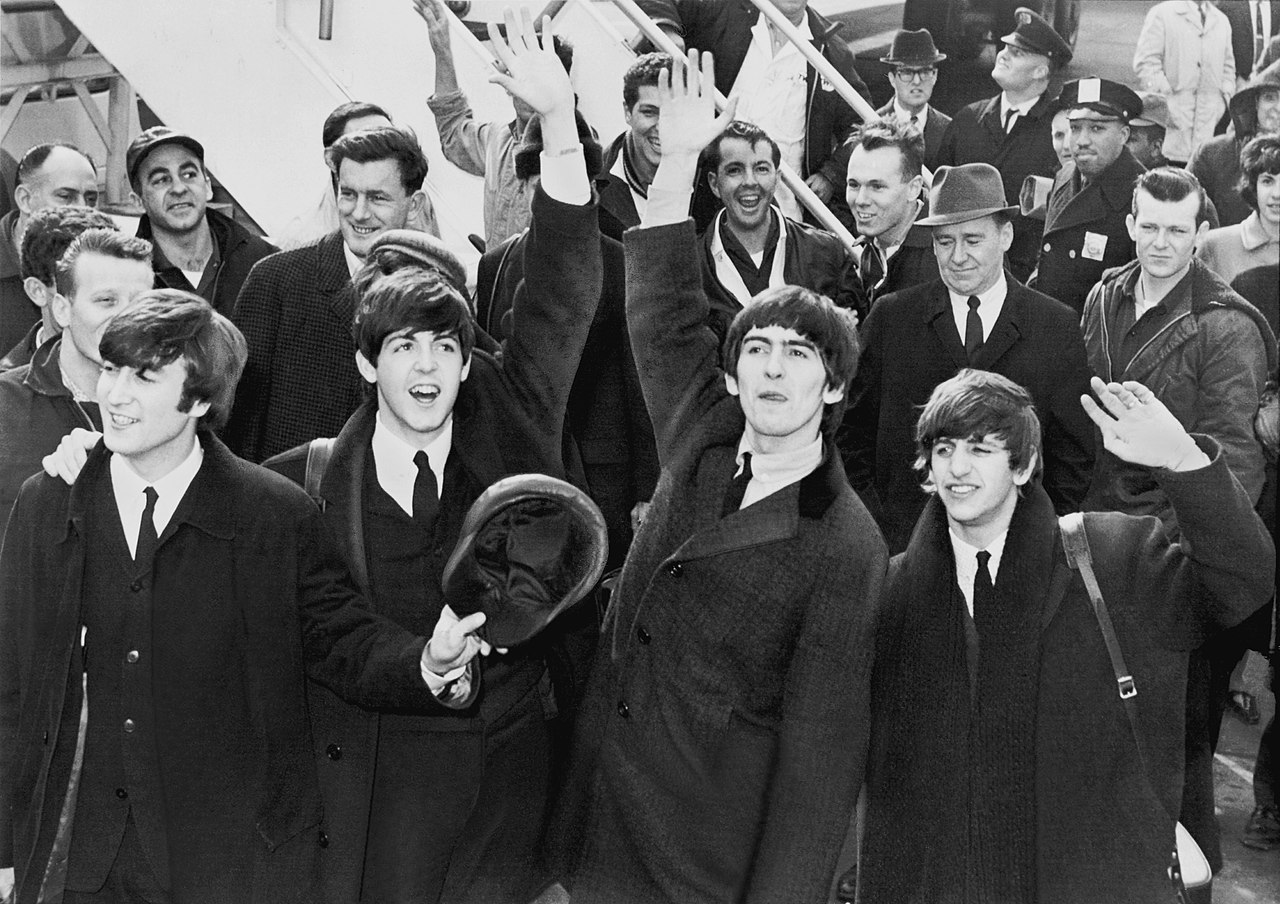
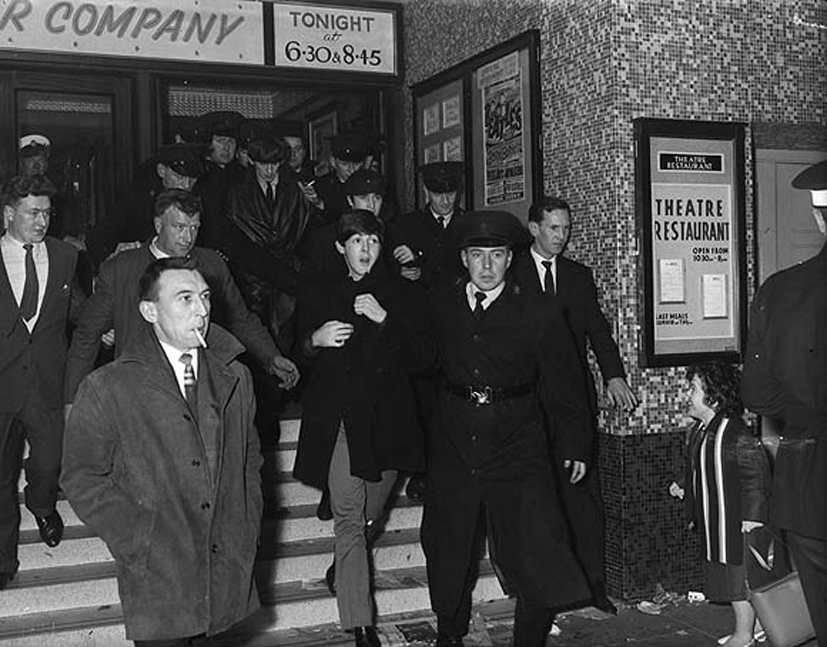
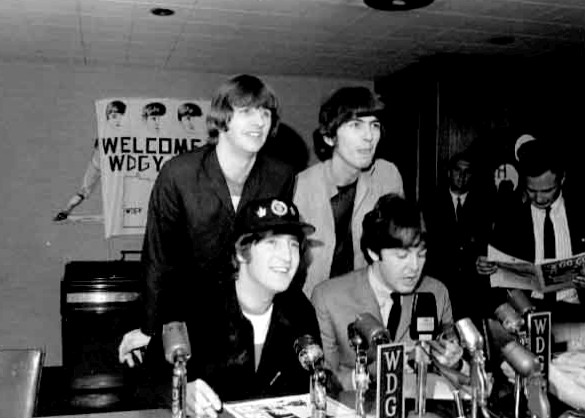
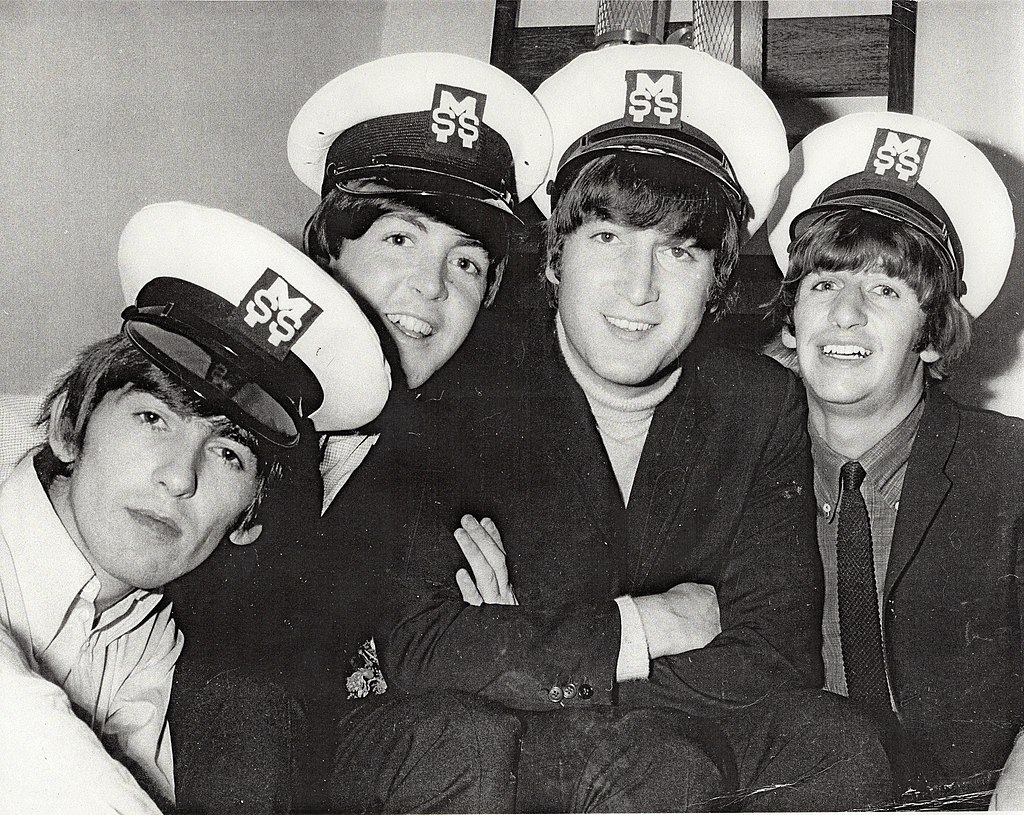
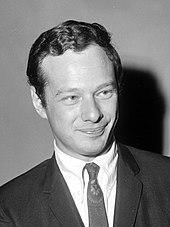
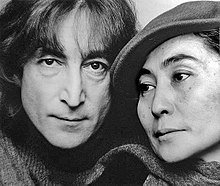
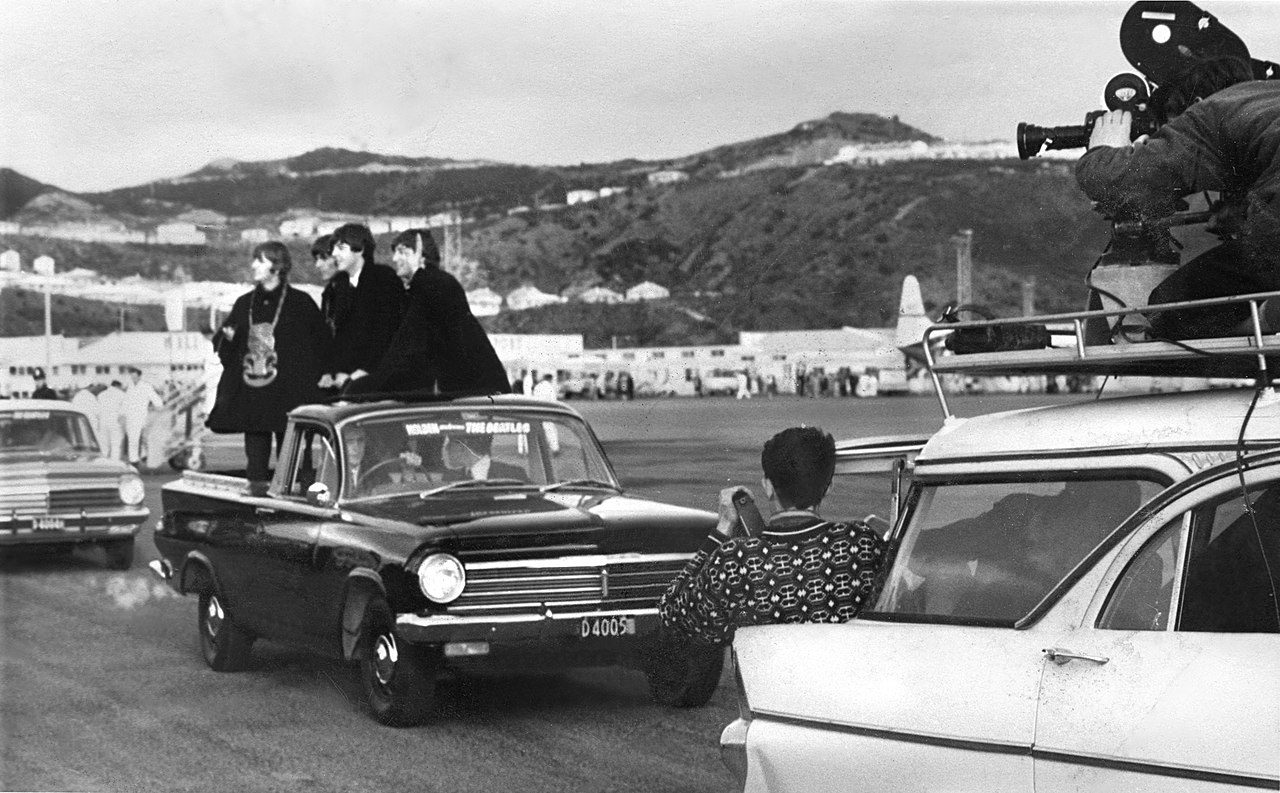

Comments
Links